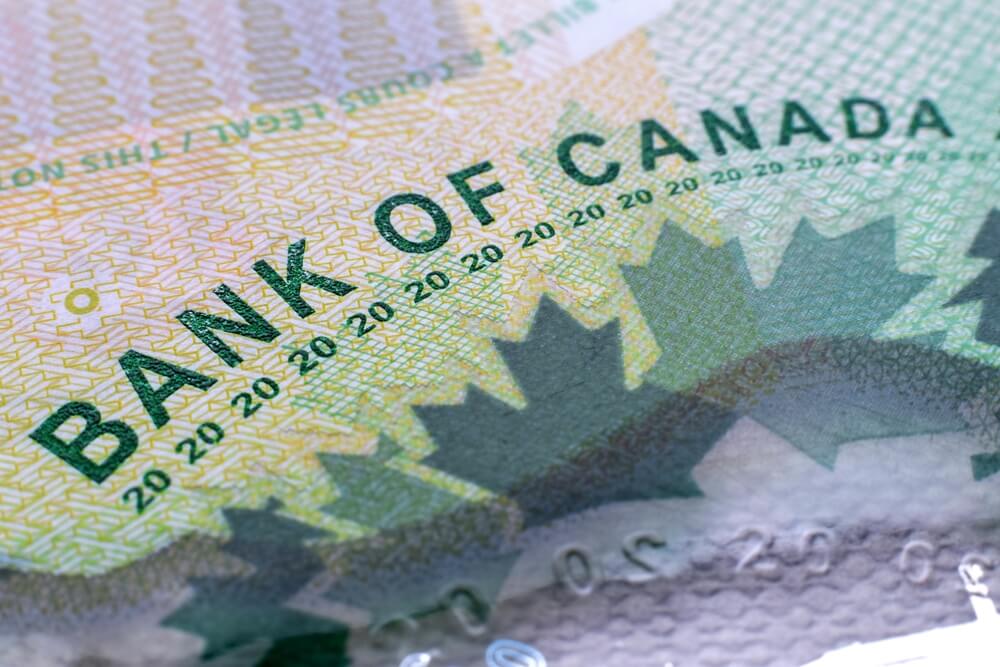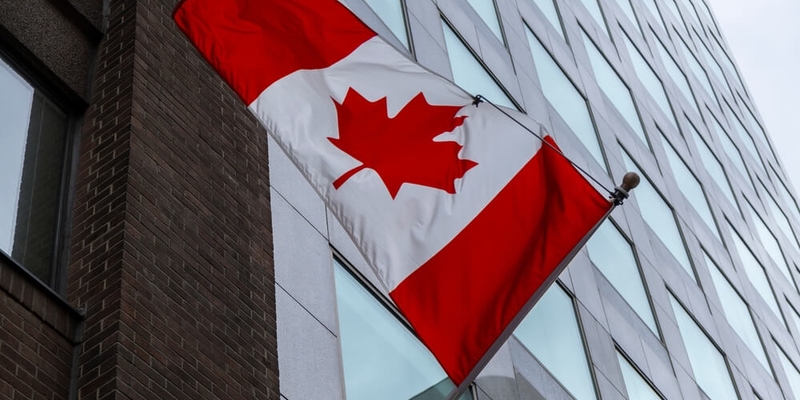Compare Ontario Home Insurance Quotes
Compare and save an average of 28%* on Ontario home insurance with RATESDOTCA. Get a better rate.
Compare home insurance quotes from providers you trust
Jump straight to...
- Home insurance in Ontario
- Types of home insurance in Ontario
- Add-ons to home insurance coverage in Ontario
- What is not included in a typical home insurance policy?
- Recent Ontario home insurance quotes
- How RATESDOTCA gets you the best Ontario home insurance quotes
- Factors that determine your home insurance premium
- What a basic home insurance policy may not cover in Ontario
- Ontario home insurance premium trends by quarter
- Ontario home insurance price trends 2011 - 2022
- Average home insurance quotes in Ontario
- Frequently asked questions about Ontario home insurance

How RATESDOTCA gets you the best Ontario home insurance quotes
RATESDOTCA works with home insurance companies and brokers in Ontario to provide you with a broad selection of quotes. We quickly collect your information and use it to generate the best offers from each of our partners. Our service is fast, easy and free to use.
By comparing Ontario home insurance quotes from several insurance providers in a single place, you can instantly assess the market and find the best policy to protect your property.
Home insurance in Ontario
Though home insurance isn’t mandatory in Ontario, few banks or lenders will offer you with a mortgage if you can’t prove that your house is protected by an up-to-date home insurance policy.
Because your home is almost certainly the most valuable asset you own, you’ll want to make sure it’s well protected regardless of your mortgage status. Insuring your home means you’ll be protected from damage, liability and theft. Without home insurance, you’ll be solely responsible for these expenses.
Over the last 15 years, Ontario has had three major weather events that caused damages in the billions.
In 2020 alone, Ontario suffered two major insurance damage claims due to weather. A southern Ontario snow and rainstorm caused $98 million, and in the fall a windstorm caused $88 million in damages.
Be prepared for Ontario’s next weather event by ensuring your home is protected with a house insurance policy.
Source: Insurance Bureau of Canada
Types of home insurance in Ontario
These are the most common types of home insurance coverage in Ontario.
Home insurance coverages
1) Property and building: This coverage protects both the structure(s) on your property, as well as the property itself, from a variety of perils. Protected incidents include fire, theft and water damage, among others. Because some policies may require additional coverage for secondary structures, like a garage or guest house, consult your insurer if anything is unclear.
2) Contents and personal property: Contents and personal property coverage protects your possessions, such as furniture, clothing and sports equipment, against theft and vandalism. Some items, like fine art and expensive jewelry, may not be protected under a standard policy. Excluded items can be protected with additional coverage.
3) Additional living expenses: If you’re temporarily displaced by an insurable event, this protection covers your temporary housing costs. For example, if damage to your home forces you to spend a week at a hotel, additional living expenses protection will cover the cost of the room and food, up to a certain amount.
Liability coverages
1) Personal liability: This coverage provides protection against liability in the event someone is accidentally injured on your property.
2) Voluntary medical payments: If you unintentionally injure someone, or someone accidentally injures themselves on your property, this coverage will pay for the medical expenses for up to one year from the date of the accident.
3) Voluntary property damage: This coverage is for unintentional direct loss or damage you cause to someone’s property . It also covers unintentional loss or damage to someone else’s property by a minor (12 years or under) in your care.
Add-ons to home insurance coverage in Ontario
Beyond the standard components of an Ontario home insurance policy, there are additional coverages you can purchase to further protect your home and the contents within.
These are some of the most common home insurance riders you can add to your home insurance policy:
1) Overland water: Although not every carrier offers this add-on, if your insurer does, it covers property damage from overflowing water stemming from nearby rivers, streams, lakes and thawing snow.
2) Sewer backup: Protects your home when a main sewer backs up and causes damage.
3) Earthquake: Covers losses or damage caused by an earthquake. This add-on is especially useful if your home is located in an area that is vulnerable to earthquakes.
4) Mass evacuation: If an event, like a flood or wild fire, triggers a government issued evacuation order, this add-on pays for some of the expenses you incur while being away from your home.
5) Identity theft: Covers the cost of replacing important documents, such as your passport.
6) Lock replacement: If you need to replace the locks on your house, this add-on provides coverage.

What a basic home insurance policy may not cover in Ontario
Standard home insurance policies won't cover your mortgage payments or property taxes. They may also exclude coverage of certain contents, like fine art, or protection for secondary structures on your property. Before selecting an Ontario home insurance policy, its important to understand what is and what is not protected under your plan.
Home insurance premiums in Ontario have been steadily increasing in recent years for a variety of reasons.
To begin with, it’s easier for insurance providers to increase home insurance rates than to increase auto insurance rates. While the latter requires regulatory approval, the former can be changed at the discretion of the company. The low interest rates environment of the last several years has resulted in lower investment returns for some insurance providers. To increase their revenue, many may have increased home insurance premiums.
Here’s a look at year-over-year home insurance increases in Ontario:
**Home insurance prices are based on RATESDOTCA home insuramap data for policy transfers from 2011 through early 2021. Personal property damage claims growth rate is based on Insurance Bureau of Canada (IBC) data from 2009 through 2019, the most recent ten-year period available.
What people say about our quotes

Based on 6,448 reviews

Amazing
Very helpful and easy to use
Safe travels

Easy quick selection of rates
Easy quick selection of rates
J K

Great help in finding the best rate!
Great help in finding the best rate! Thanks a lot!
Ruthielyn opina

I like how I can quickly I can select…
I like how I can quickly I can select travel insurance. The web site had an issue earlier but seemed to correct itself.
Dennis

prompt service
Respnded quickly, recommended company was excellent
Michael W.

Save time and money with rates.ca
I always use rates.ca for my travel insurance. They compare rates from several insurance companies and I can choose the package that suits my needs. I save time, frustration, and best of all, money. Thank you rates.ca, I will definitely be using your service again in the future.
customer
*Shoppers in Ontario who obtained a quote on RATESDOTCA from January to December 2021 saved an average percentage of 28%. The average savings percentage represents the difference between the shoppers’ average lowest quoted premium and the average of the second and third lowest quoted premiums generated by RATESDOTCA. Excludes tenant and condo insurance.








